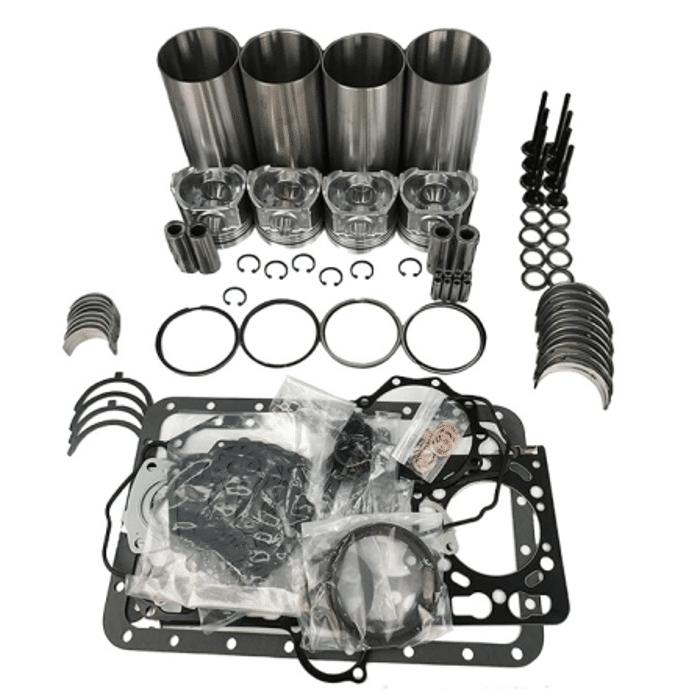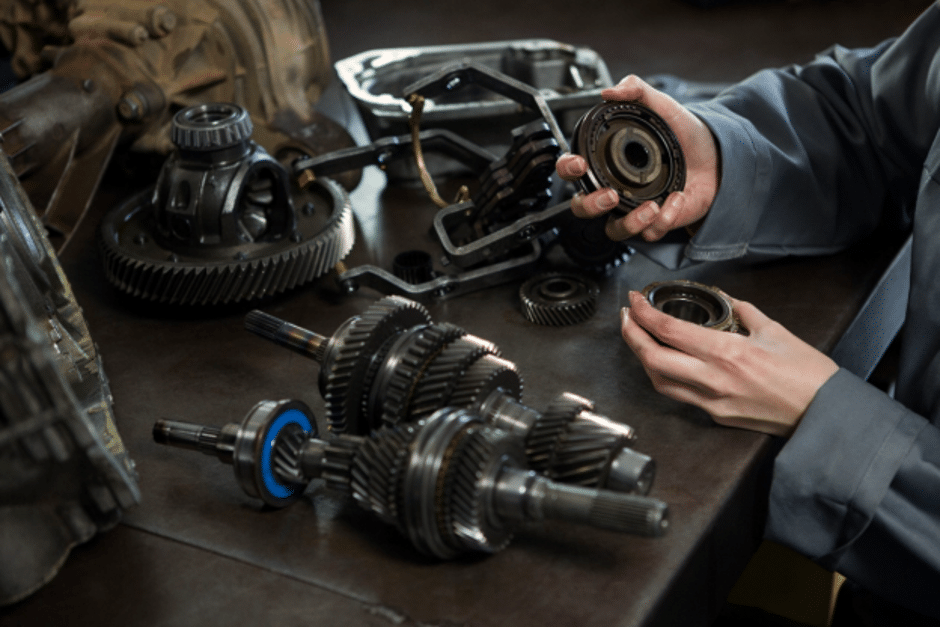In auto customization and maintenance, the debate on OEM vs. aftermarket parts is always a hot topic among enthusiasts. OEM parts, sourced from the original maker, guarantee a precise fit and consistency in operation. Conversely, aftermarket parts offer a broader range of options, often more available and cheaper. They can even exceed OEM specifications to deal with customized enrichment needs. There are advantages and disadvantages to each choice. Therefore, this article thoroughly explores the OEM vs. aftermarket parts arena, which becomes paramount for users to make an informed decision to meet their specific needs.
Understanding OEM Parts
OEM parts are made by the original company that produced the vehicle or equipment. These parts match the ones that came with the equipment when it was first manufactured. Typically, they promise a perfect fit and original performance as designed.
. Advantages of OEM Parts
Opting for OEM parts in the OEM vs. aftermarket parts conundrum offers several advantages. Firstly, OEM parts guarantee quality since they are made according to the exact specifications of the equipment manufacturer. It certifies that the parts work with the equipment for predesignated performance and safety standards. Additionally, OEM parts often have a warranty for protection against defects and peace of mind. For example, in the case of vehicle repairs, using OEM parts ensures that the vehicle remains as close to its original state as possible, which helps maintain its resale value.
. Limitations of OEM Parts
However, OEM parts have their limitations as well. Primarily, they are more expensive than aftermarket parts to reflect the higher manufacturing standards and brand premium. This cost difference renders aftermarket parts a more attractive option for budget-conscious consumers. Also, there’s a limited variety of OEM parts because they are built according to the original specifications without any modifications. It disadvantaged OEM parts in the OEM vs. aftermarket parts debate as aftermarket parts offer more variety and customization options. Finally, the availability of OEM parts can be an issue for older or less popular models as time passes.
Unveiling the Aftermarket Advantage
. Definition and features of Aftermarket Parts
Aftermarket parts are sourced from companies other than the original equipment manufacturer and function as replacements or enhancements for original parts. They offer a range of features, including cost-effectiveness, variety in quality and performance levels, and more customization options than OEM parts. For example, in the construction equipment parts industry, aftermarket exhaust systems can provide functional augmentations over the standard OEM ones.

. Common Misconceptions about Aftermarket Parts
Nevertheless, there are misconceptions about aftermarket parts concerning their quality and compatibility. Contrary to common belief, not all aftermarket parts are inferior to OEM components. Many are equal or superior in quality since they undergo complex testing and may incorporate more progressive technology or materials. Plus, compatibility issues are less frequent, thanks to standardization and innovations in manufacturing. For instance, aftermarket brake pads are often available in materials like ceramic or metallic. They offer different performance characteristics while remaining compatible with OEM systems. So, aftermarket can provide bespoke solutions and balance cost and performance in the OEM vs. aftermarket parts debate.
The Decision-Making Process: OEM vs. Aftermarket Parts
When deciding between OEM vs. aftermarket parts for your vehicle, consider the following factors:
1. Assessing Driving Needs
For performance-oriented drivers, aftermarket parts offer customization options that are not available with OEM parts for standard equipment specifications. However, OEM parts may offer higher resale value and insurance rates for keeping vehicle integrity.
2. Budget Constraints
Aftermarket parts are more affordable for buyers since their prices are driven down by sufficient market competition while maintaining the same performance and value. Plus, they usually don’t include a brand premium.
3. Warranty Implications
When deciding between OEM vs. aftermarket parts, aftermarket parts usually come with a competitive warranty for their parts, but they may also lead to the avoidance of the warranties if the part causes damage. But please note that there are regulations to protect consumers in this scenario, as the dealership must prove a direct causal relationship between aftermarket parts and damage. For carefree warranty coverage, OEM parts are recommended.
4. Part Availability
Aftermarket parts might be more readily available for older or less standard vehicle models. Aftermarket parts become a practical choice to reduce the downtime cost when OEM parts are scarce or discontinued.

Attaparts: A Reliable Supplier of Aftermarket Heavy Equipment Parts
Attaparts differentiates itself in the aftermarket parts background by specializing in global heavy equipment parts. With over six years of industry experience, the company provides a comprehensive inventory of engine spare parts tailored for excavators, loaders, and dozers. They offer aftermarket solutions with quality standards equivalent to OEM ones while guaranteeing dependability and cost-effectiveness. Their diverse product range spans various major manufacturers, including BOBCAT, CAT, CASE, and CUMMINS, ensuring guaranteed compatibility and seamless integration with existing machinery systems. Visit its website for more information and unlock the beauty of aftermarket engine parts for heavy machinery.
